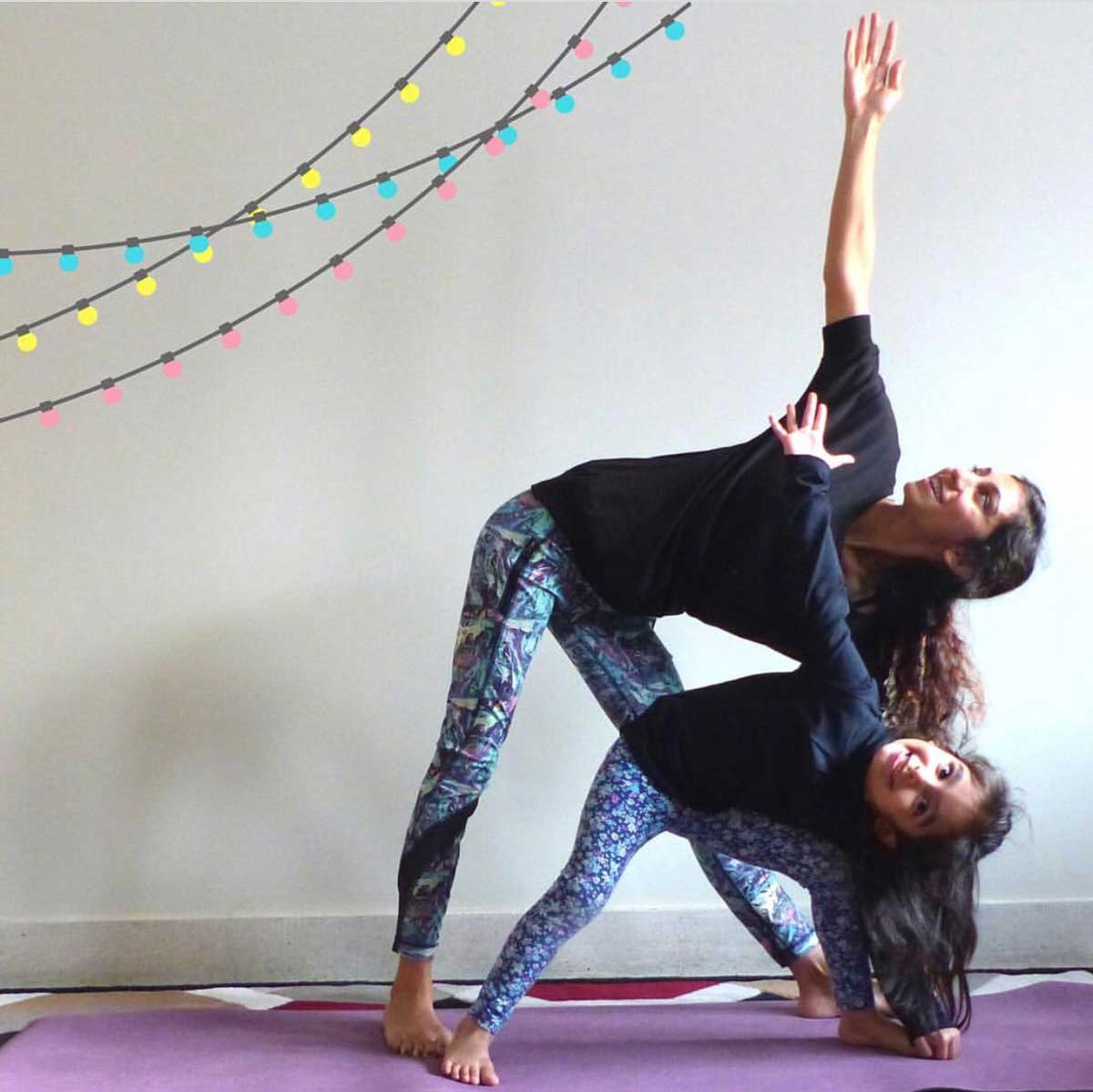As adults, perhaps we tend to forget what it was like to be a child. We do remember having a lot more energy, being more mobile and perhaps remember having wild imaginations and a constant craving for something sweet. However, we do tend to forget what it was like to be a child – not necessarily inside the body, but in a child’s mind.
As a natural coping mechanism, our brain prefers to hold onto memories that release positive feelings in our body. Thus, we might have forgotten how we ‘felt’ in certain uncomfortable situations. Being a child, in a grown-up world can be a confusing time for many – and as grownups in our rather busy life, we can tend to overlook the emotions and feelings that sometimes overwhelm the little ones.
Of course, it’s hard for children to explain their feelings as well. Emotions are only understood later on in life – and thus, in a child’s mind you only sift through happiness, sadness and maybe hunger. They are not always able to understand that their current crankiness is due to a lack of sleep, or that their anger is actually about being hungry. Young children are not always able to process their emotions as grownups do, thus perhaps causing further frustration.
We are able to process our thoughts, break down our feelings and express ourselves in a vocabulary that children do not yet possess. Thus, children’s yoga provides the little ones with tools and benefits that they can carry with them, as they aim to grow into perseverant, emotionally aware adults.
In a kid’s yoga class – the basics of yoga are all covered. The postures are introduced and followed. There are breathing exercises, and even a short savasana at the end. The differences however, lie in the execution of the class. If you were to take your child to your weekly yoga class, the chances that he/she would silently enjoy the movement as much as you did would be slim.
Thus, in a children’s yoga class there is a lot more energetic movement. The vast concepts of yoga are broken down into simpler formats – perhaps told through playful stories or experienced through yoga games. Even the breathing element of the class is made fun, to encourage children to participate.
Through a consistent practice of yoga, children are able to understand the importance of breath, and how we can best use it to our advantage, especially in times of distress or confusion. Additionally, kid’s yoga also encourages positive body movement, encouraging children to move, stretch and strengthen their bodies according to what feels good to them. A kid’s yoga class is also always set up in a non-competitive, healthy environment. This in turn helps children build a positive self-image and boosts their confidence long term. Giving kids the opportunity to experience what their minds and bodies are actually capable of is what children’s yoga is all about. All children, regardless of background, seek for a sense of acceptance and accomplishment. In a kid’s yoga class – they are offered both, with a platform that they can step on and potentially grow into mindful, self-aware, emotionally resilient adults.


